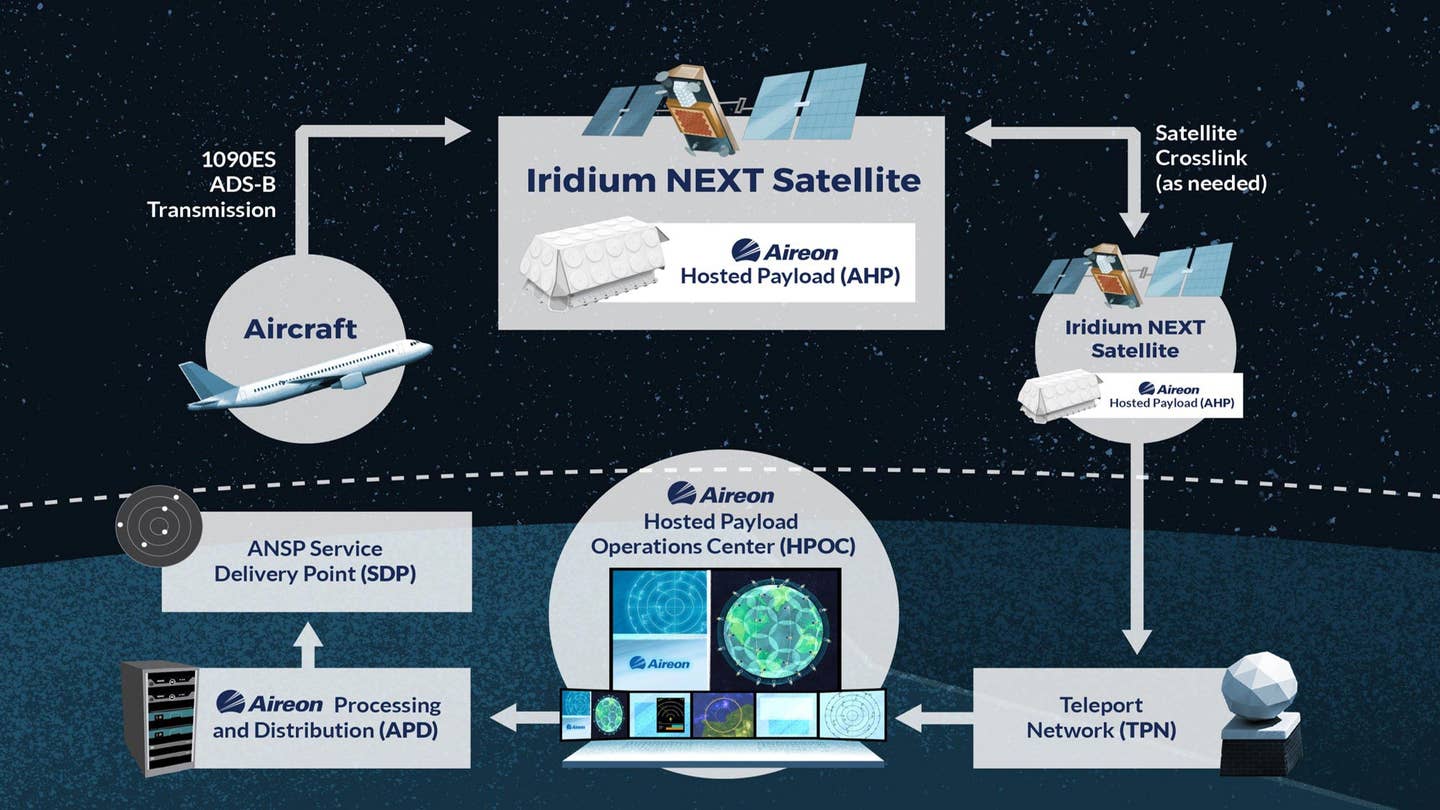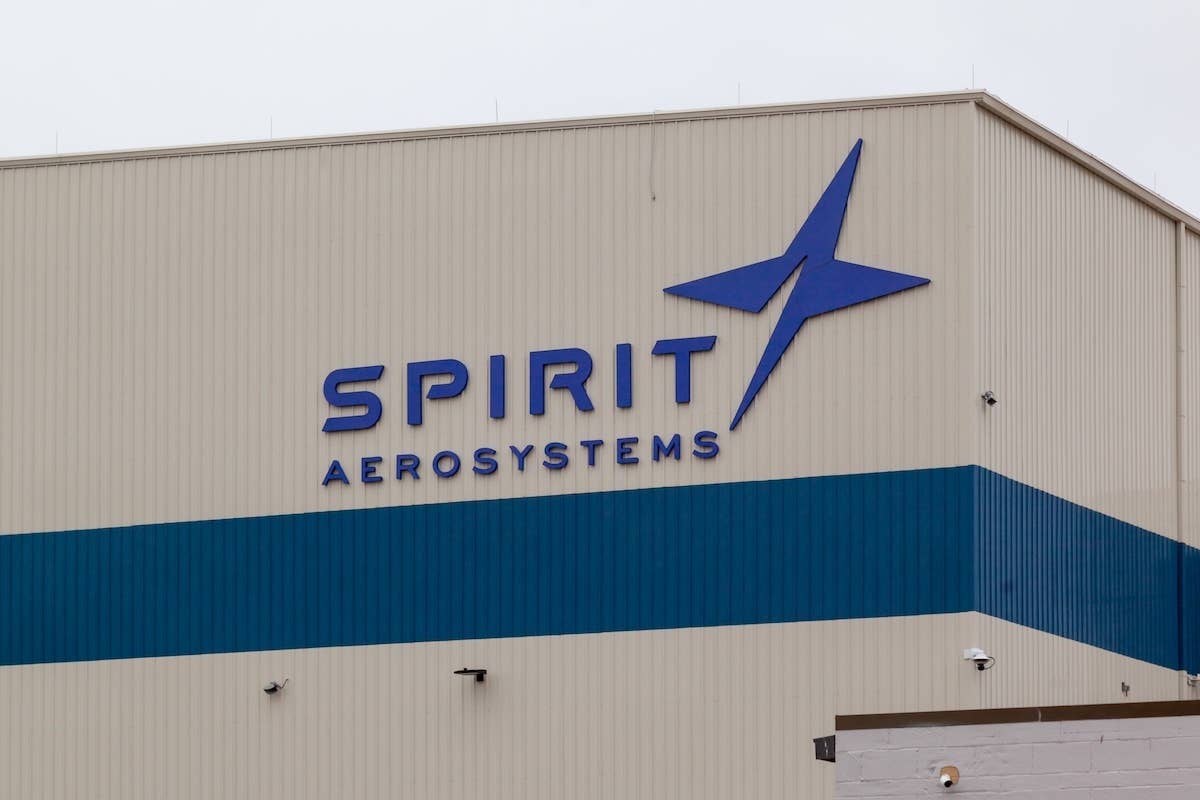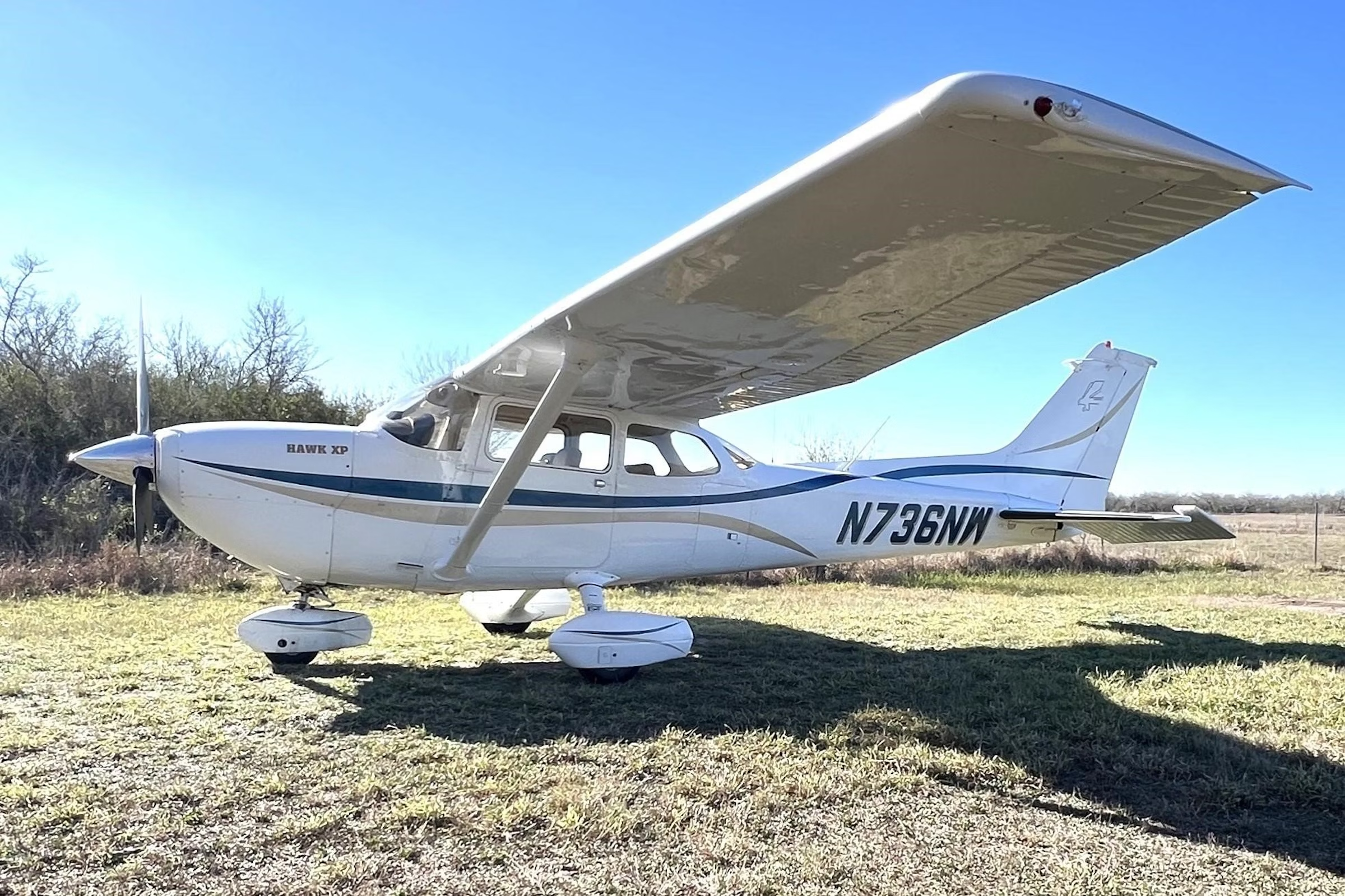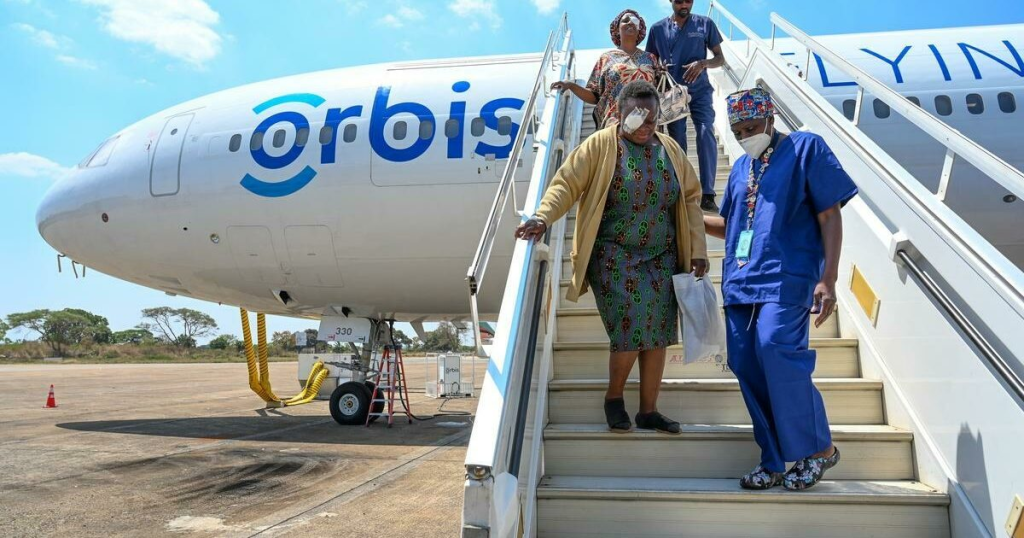
Following agency certification testing, Aireon’s Space-Based ADS-B receivers are expected to add to the FAA’s ATC surveillance capabilities. Aireon
With the FAA January 2020 deadline for U.S. aircraft to be equipped with ADS-B Out looming, the agency said last week it has completed the last of the necessary work on the new state-of-the-art surveillance system that will enable air traffic controllers to track aircraft with greater accuracy and reliability. The last two of the 155 airports to receive ADS-B, Ohio’s Akron-Canton Airport and Mansfield Lahm Regional Airport, became operational last month. ADS-B Out reporting will be required in January for all aircraft operating in areas that now require Mode C transponders. The agency says the work on ADS-B baseline services was completed on schedule and within budget.
ADS-B is now operational at air traffic control facilities across the country including airports, Terminal Radar Approach Control facilities and high-altitude en-route ATC centers where controllers use ADS-B as the preferred source of surveillance, providing improved situation awareness to both pilots and controllers .
The new ADS-B system also enables more accurate tracking of airplanes and airport vehicles on runways and taxiways, increasing safety and efficiency. One area where ADS-B really shines is locations with significant geographic challenges, like in mountainous areas or over water. Aireon began offering ATC data from its satellite network of space-based ADS-B receivers in July 2019.

Sign-up for newsletters & special offers!
Get the latest FLYING stories & special offers delivered directly to your inbox






